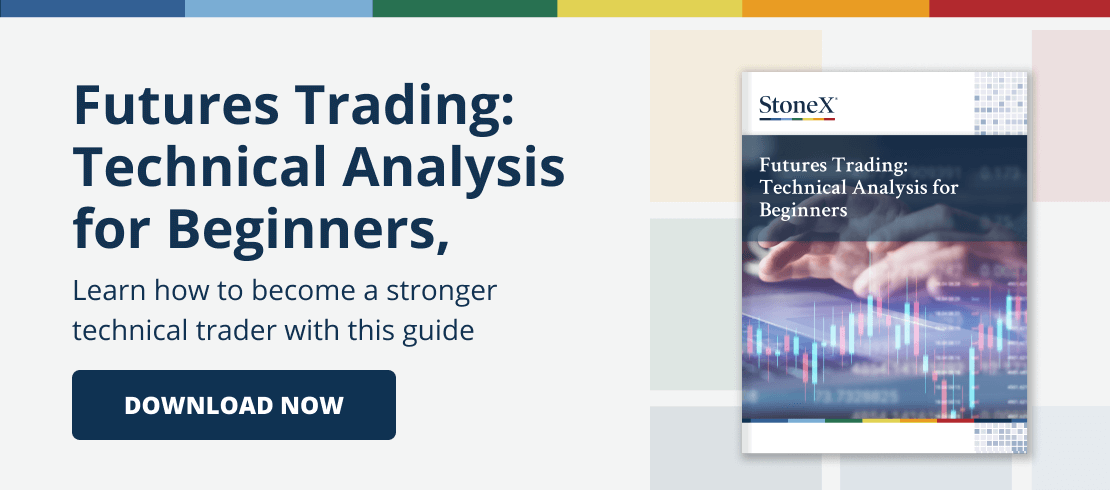Commodity Channel Index
Commodity Channel Index is designed to detect beginning and ending market trends. This study measures the distance between the share prices and their Moving Average, and thus allows a measurement for the trend strength and/or intensity.
Properties
Period: The number of bars in a chart. If the chart displays daily data, then period denotes days; in weekly charts, the period will stand for weeks, and so on. The application uses a default of 20, with 14 being another common setting.
Aspect: The Symbol field on which the study will be calculated. Field is set to “Default”, which, when viewing a chart for a specific symbol, is the same as “Close”.
Interpretation
This index, as suggested by its name, was designed for the futures market but is today also used for shares. According to the developer, Lambert, values of +100 to -100 point to a market with no trends, and thus do not supply any trade studies. Also, according to Lambert, 70% to 80% or all price fluctuations fall within +100 and -100 as measured by the index. Buying and selling signals only occur when the +100 line (buy) and the -100 (sell) are crossed.
The trading rules for the CCI are as follows:
- Establish a long position when the CCI exceeds +100.
- Liquidate when the index drops below +100.
- For a short position, you use the -100 value as your reference point. Any value less than -100, e.g. 125, suggests a short position, while a rise to -85 tells you to liquidate your short position.
Literature
Lambert, Donald R. Commodity Channel Index, Commodities magazine. October, 1980.
Colby, Robert F., Myers, Thomas A. The Encyclopedia of Technical Market Indicators. Dow Jones – Irwin. Homewood, IL. 1988.
Lebeau, Charles, and Lucas, David. Technical Trader’s Guide to Computer Analysis of the Futures Market. Homewood, IL: Business One Irwin, 1991.
Jobman, Darrel R. The Handbook of Technical Analysis. Irwin Professional Publishing. 1995.
Commodity Channel Index: Tool for Trading Cyclic Trends. Commodities. October, 1980, pp.40. (now Futures)
Murphy, John J. Technical Analysis of the Futures Markes.
Wilder, J. Welles. New Concepts in Technical Trading Systems. Greensboro, NC: Trend Research, 1978.
View Other Technical Analysis Studies
- Bollinger Bands
- Commodity Channel Index
- Crack Spread
- Crush Spread
- Default
- Directional Movement Index
- Envelope
- Exponential Moving Average
- Exponential Oscillator
- High Low Moving Average
- Highest High / Lowest Low
- Historic Volatility
- Keltner Channel
- Least Squares Linear Regression
- Line Oscillator
- Momentum
- Moving Average
- Moving Average Convergence Divergence
- Moving Standard Deviation
- Open Interest
- Oscillator
- Parabolic Stop and Reversal
- Rate of Change
- Relative Strength Index
- Smoothed Moving Average
- Smoothed Oscillator
- Stochastic
- Variable Moving Average
- Volume
- Volume and Open Interest
- Weighted Close
- What is the Slow Stochastic Oscillator?
- Williams’ %R

